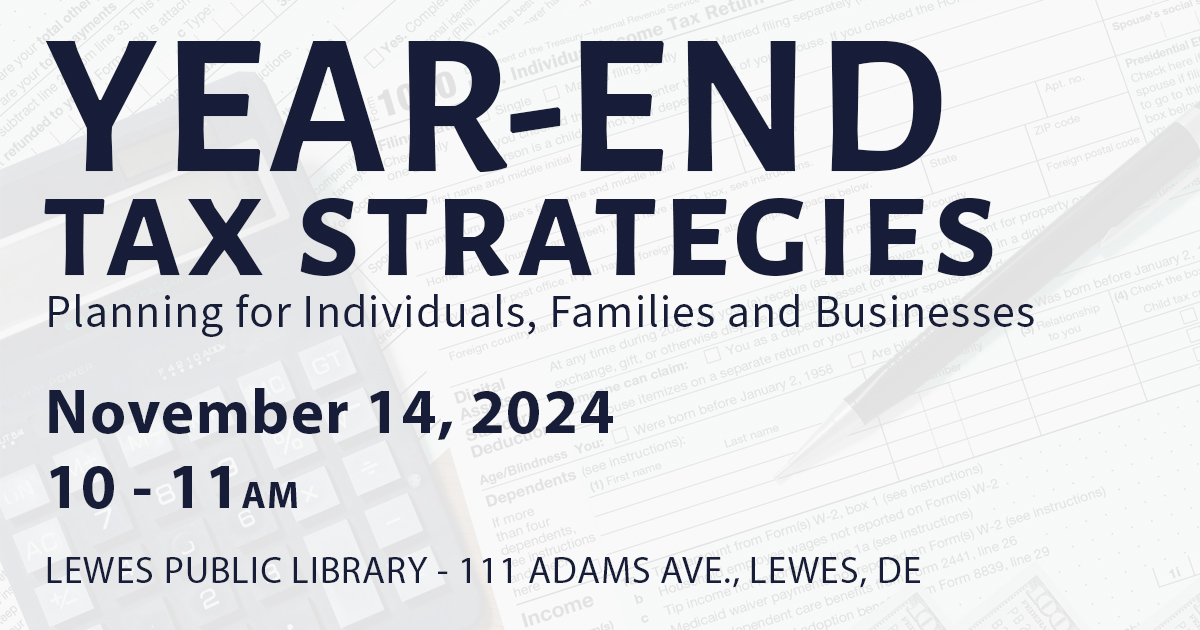Understanding the payroll tax rules can be challenging when your company hires workers or the personal situations of existing employees change. Employers often have questions about their shifting recordkeeping and withholding requirements. Here are some topics that employers have recently queried.
Hiring Retirees
Question: If my company hires retirees for part-time work, is there a limit on how much they can earn? And do we have to withhold FICA from their paychecks if they’re already receiving Social Security and Medicare benefits?
Answer: An employee who’s receiving some of their Social Security benefits might have to forgo some of those benefits, based on an “earnings test.” For those attaining their full retirement age (FRA) in 2023, the annual exempt amount is $56,520. This limit will increase to $59,520 for employees who attain their FRA in 2024. These individuals forfeit $1 for every $3 over this limit.
If individuals start collecting Social Security benefits before their FRA, they can earn up to $21,240 for 2023 before benefits are withheld. This limit increases to $22,320 for 2024. These individuals forfeit $1 for every $2 over this limit.
For tax years after an employee reaches FRA, the earnings test no longer applies. Additionally, retirees’ earnings are still subject to withholding and FICA, even if they’re receiving Social Security and Medicare benefits. There’s no exemption.
Hiring Minor Children
Question: If my landscaping business hires my 16-year-old daughter to do some light office work, what legal and tax consequences should I watch out for?
Answer: There are plenty of rules that may come into play in this situation. For starters, the Fair Labor Standards Act (FLSA) governs employment of minors. However, FLSA regulations exempt a minor child from these provisions if they’re employed by their parents in agriculture or another nonhazardous occupation. It’s important to note that this exemption only applies to parents — not, for instance, to aunts, uncles or grandparents.
State child labor laws may have different requirements than the FLSA. Most states have carved out exceptions for children employed by their parents.
Nevertheless, wages paid to a child are subject to federal income tax withholding, regardless of age or family status. Whether a child is exempt from FICA depends on the child’s age and the type of business. In your case, if your daughter is under 18, she is exempt from FICA tax if your business is a sole proprietorship or a partnership. Conversely, if the business operates as a corporation, FICA still applies to the wages. Similarly, wages paid to children under 21 years of age are exempt from FUTA if the parent’s business is unincorporated.
In addition, the wages of your minor child are generally subject to state withholding tax, but not state unemployment tax. For example, in California, the wages aren’t subject to tax if the parent’s business is unincorporated.
Finally, hiring your minor child doesn’t exempt your business from regular hiring practices. The owner’s minor child, like all other new hires, must complete a Form W-4, “Employee’s Withholding Certificate,” as well as Form I-9, “Employment Eligibility Verification.” See the Form I-9 instructions for special rules about hiring children.
Retaining W-4 Forms
Question: If an employee submits a new Form W-4, how long do we have to retain the old W-4? Can we just keep the current one and shred prior W-4s?
Answer: IRS Publication 15 states that Form W-4 must be retained by an employer for four years after an employee has completed and submitted it. This means you must hold on to the W-4 for each employee for at least four years — even if it’s no longer valid. It’s important to remember that an employee’s W-4 will remain in effect until the employee submits a new one.
In addition, a new W-4 can’t be used to adjust withholding for a prior pay period. You can’t use it to “go back in time.”
Managing Changes in Tax Filing Status
Question: Does a recently divorced employee who claimed “married filing jointly” on Form W-4 need to fill out a new W-4 with her updated filing status?
Answer: According to IRS Publication 504, employees must provide new W-4s to employers within 10 days of a divorce or separation. Note that Form W-4, which was revised after 2019, no longer uses allowances to calculate withholding. As an employer, you must put the new W-4 into effect no later than the start of the first payroll period ending on or after the 30th day from the date the new Form W-4 is received.
It’s important to note that employers shouldn’t offer guidance to employees who are filling out new W-4s. This could include matters beyond your basic understanding, and you might even be held liable for errors in certain situations. It’s better to refer employees to the W-4 instructions or encourage them to seek professional assistance, if needed. Also, remind them that the IRS has estimating tools on its website to assist taxpayers.
Handling Federal Tax Levies
Question: I just received a federal tax levy for a married employee who completed Form 669-W and claims joint-filing status. My company pays employees on a biweekly schedule. How much is the levy, and what amount of their wages is exempt from the levy?
Answer: To determine the exempt amount, refer to the table for “Married Filing Joint Return” filing status in IRS Publication 1494. Then find the box where the “Pay Period” row (biweekly) and the “Number of Dependents Claimed on the Statement” column (4) intersect. The intersecting box contains the exempt amount.
Next, determine the employee’s take-home pay. This is gross wages minus 1) federal, state and local taxes, and 2) deductions that were in effect before the levy was received. This includes voluntary deductions, such as 401(k) contributions, and involuntary ones, such as child support. The deductions may also include union dues.
If the employee’s take-home pay is more than the exempt amount, subtract the exempt amount from the take-home pay and remit the difference to the IRS. The exempt amount is paid to the employee.
If the employee’s take-home pay is less than the exempt amount, you pay nothing to the IRS. The entire amount is paid to the employee because it’s exempt from the levy.
Withholding Federal Tax Levy vs. Child Support
Question: How should I proceed if my company receives both an IRS levy and a child support income withholding order for the same employee?
Answer: The priority between a federal tax levy and a child support order depends on which one was established first. If you received and entered the IRS tax levy before any child support order was established, the tax levy takes precedence. On the other hand, if the family support order was in place when the levy was served, funds withheld according to a child support order are exempt from a federal tax levy.
To ensure that you’re following the proper procedures, contact the child support agency about this situation. They’ll advise you if the child support order was established prior to the date of the IRS levy. If it wasn’t, the agency can contact the IRS to determine if the levy may be modified to allow for child support withholding.
For More Information
Navigating the tax and regulatory red tape that applies to employee pay and withholding can be challenging. Some employees may have unique or updated personal circumstances that raise complex questions. Contact your tax and legal advisors to ensure you’re in compliance with all the rules.
PKS & Company, P. A. is a full service accounting firm with offices in Salisbury, Ocean City and Lewes that provides traditional accounting services as well as specialized services in the areas of retirement plan audits and administration, medical practice consulting, estate and trust services, fraud and forensic services and payroll services and offers financial planning and investments through PKS Investment Advisors, LLC.
© Copyright 2023. All rights reserved.
Brought to you by: PKS & Company, P.A.





